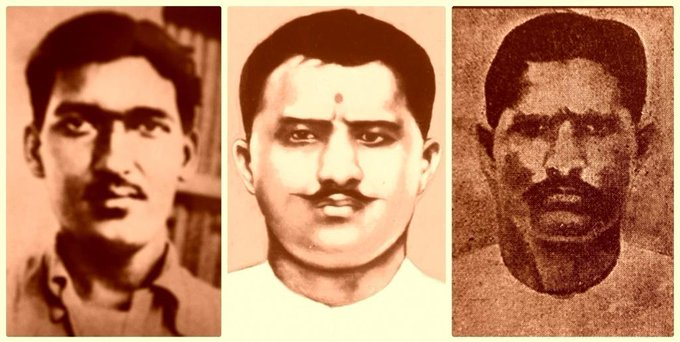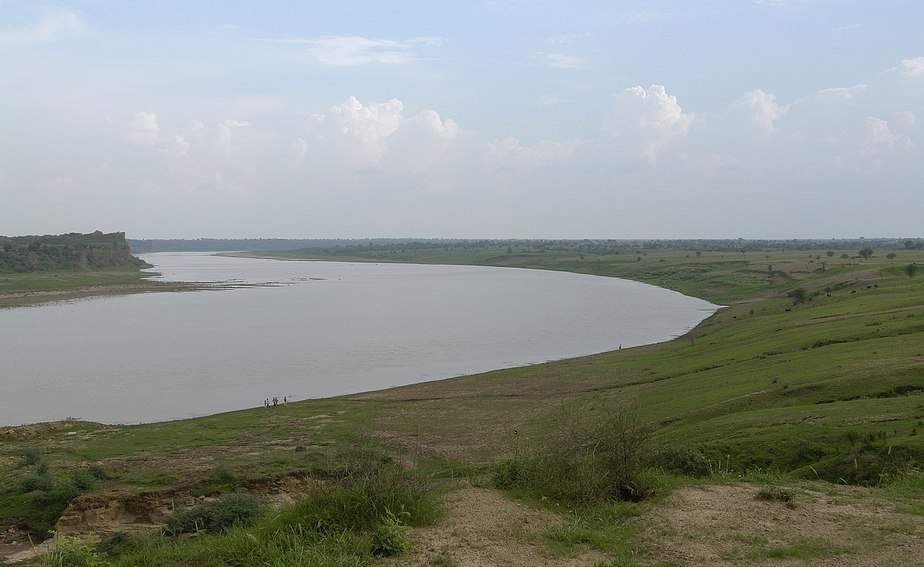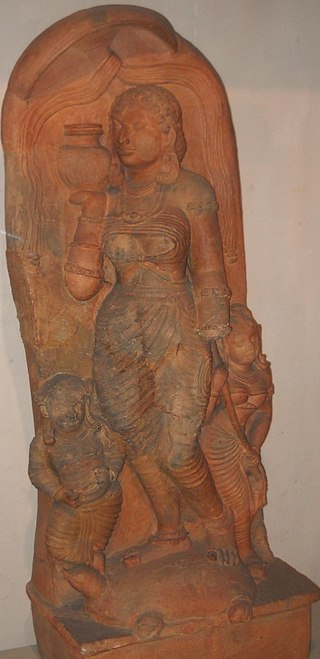There is the controversy going on about Revanth Reddy wanting to remove Kakatiya Kala Thoranam from Telangana emblem. But who were the Kakatiyas, and what is their history and significance?
Thread here giving an overview.
Thread here giving an overview.

This thread is basically an overview of the Kakatiya history, their contribution to Telugu culture, identity, architecture, and their importance. Will look at the details of their rule in more detail in subsequent posts.
The Kakatiyas were one of the major Indian kingdoms who ruled over most of Telangana, Andhra Pradesh, parts of Karnataka and northern Tamil Nadu, with their capital at Orugallu( current day Warangal). 

There are different theories regarding the origin of their name, though as per Bayyaram tank inscription, it was from their ancestral village Kakati, where their chief Venna resided. However as per Kumarasvami Somapithin, their name comes from their family deity Kakati Devi.
As per Ganapati Deva’s Garavapadu chapter, their ancestry was traced to Durjaya, a descendant of Karikala Chola.
They began as feudatories to the Rashtrakutas, Western Chalukyas and it was under Prataparudra I in 1163 CE, that they assumed sovereignity.
They began as feudatories to the Rashtrakutas, Western Chalukyas and it was under Prataparudra I in 1163 CE, that they assumed sovereignity.
The kingdom expanded under Ganapati Deva, who bought all the Telugu speaking areas under his control, and followed by his daughter Rudrama Devi, one of the great queens of Indian history who ruled from 1262 to 1289 CE. 

She recaptured some of the lost territories from the Pandyas, repulsed invasions by the Yadavas, and later Gajapatis. Though they managed to repulse an invasion of Allauddin Khilji in 1303, another expedition by Malik Kafur in 1310, resulted in a defeat.
The fall of Warangal after a long siege and it's destruction by Malik Kafur is as tragic a chapter in Indian history, as is Tallikota and fall of Hampi. Prataprudra, the last ruler of Warangal surrendered, and was forced to pay tribute to the Delhi sultanate.
The invasion by Mohd Bin Tughlaq in 1323, destroyed whatever was left of the Kakatiyas, as the kingdom splintered, resulting in anarchy and chaos, until the Musunuri Nayaks, united the various Telugu clans and recovered Warangal from the Delhi Sultanate.
The major legacy of Kakatiyas was unifying the distinct Telugu cultures of the Deccan as well as the Coastal plains, and creating a common Telugu identity combining these 2, that stands to date.
While the Coastal Delta plains was more dominated by Brahmins, the Deccan plateau region had more peasants, warriors, artisans, and the Kakatiyas helped in a bi directional flow of both influences, resulting in a synnergy that made the Telugu culture.
While Telugu Brahmins contributed to the literature, fine arts, scholarly works, the Shudra communities contributed towards the building of temples, monuments. Both these communities played a critical role in the governance and administration too.
They also built many irrigation tanks, especially in the arid Telangana region. One feature of the Kakatiyas, was the upward social mobility, where anyone could acquire the title of Nayaka, denoting the warrior status, irrespective of birth.
They were the ones who recruited peasants into the army, creating a new warrior class. Most of them would later go on to found other dynasties in the South. This is the reason why most Telugu kingdoms are primarily of Shudra origin.
The Kakatiyas themselves claim to be Shudras as per most of their inscriptions, though some copper plate inscriptions claim themselves to be Kshatriyas. The Motupalli inscription of Ganapati Deva, claims descent from the Suryavamsha Kshatriyas.
Kakatiyas were known for their architecture, basically the Vesara style, primarily influenced from Chalukya style, and combining both the Dravidian style with the Nagara style. Ramappa Temple, 1000 Pillars Temple at Warangal, Warangal Fort, all stand as testament.
Ramappa Temple which is now a UNESCO World Heritage site, 1000 Pillar Temple at Warangal, The Kakatiya Kala Thoranam, which was the symbol of Telangana State emblem, was one of the 4 gates to the Warangal Fort, that is now mostly in ruins.








The Kakatiya dynasty plays an important role in Telugu history and culture, not just in creating a common Telugu identity and culture, but also paving the way for other Telugu kingdoms to emerge later.
They also shaped Telugu society, under them most of the warrior clans, were classified under a single identity known as Kapus, meaning protector or cultivator, primarily peasants, artisans, who joined the army.
Actually much before the Marathas, it was the Kakatiyas who started the practice of recruiting peasants into the army, and most of them turned out to be some of the most formidable warriors.
Following the empire's decline, the Kapus were split into different communities, Velamas, the Reddies( who were called Panta Kapu, Pakanati Kapus) and Kammas after Kamma Nadu which mainly covers Guntur and Prakasam districts.
The Kapus, Kammas, Reddies, Velamas who are the 4 major Telugu communities , were all part of one single community Kapus, that got subdivided later on, following the decline of the Kakatiyas.
After the decline of Kakatiyas, we had many other kingdoms emerging, the Musunuri Nayakas who unified all the major Telugu clans, and ousted the Tughlaqs from Warangal.
The Reddy Rajulu who ruled from Kondavidu and Rajahmundry, in Coastal Andhra, were part of the Kakatiya military, while the Recharla Nayakas ruled over Telangana.
Again as per historians like Robert Sewell, .H. Ramasarma, Y. Subbarayalu, Harihara and Bukka, the founders of Vijayanagara, served under the Kakatiyas, and after fall of Warangal, migrated to Anegondi, where they would found the great empire at Hampi later on.
As can be seen the Kakatiya empire defined Telugu society, language, culture and history in many ways. This thread was more an overview, but would be exploring more in detail, in later posts about the Kakatiyas. Thanks for following.
My article here on the Kakatiyas, do check out and share.
historyunderyourfeet.wordpress.com/2024/02/10/kak…
historyunderyourfeet.wordpress.com/2024/02/10/kak…
• • •
Missing some Tweet in this thread? You can try to
force a refresh






















